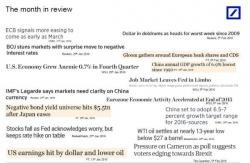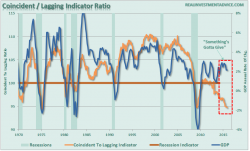Former Fed President Demands Negative Rates To Combat "Terrible" Fiscal Policy
Narayana Kocherlakota is a funny guy.
Before abdicating his post at the Minneapolis Fed to former Goldmanite/TARP architect Neel Kashkari, Kocherlakota was the voice of Keynesian “reason” for the FOMC.
Although his pronouncements never measured up to the power of the Bullard, Kocherlakota did call on a number of occasions for MOAR dovishness, noting that if the US economy were to decelerate (which it has), more asset purchases may be warranted.



